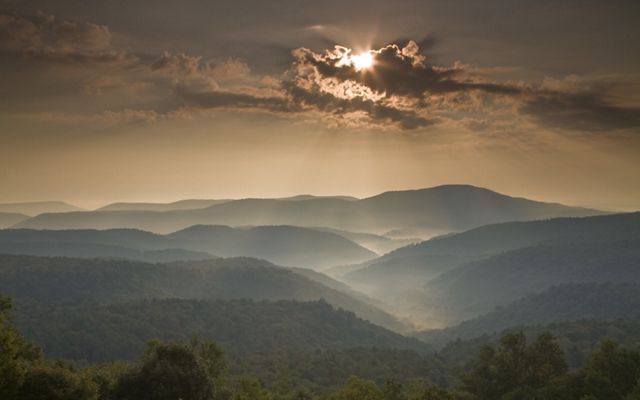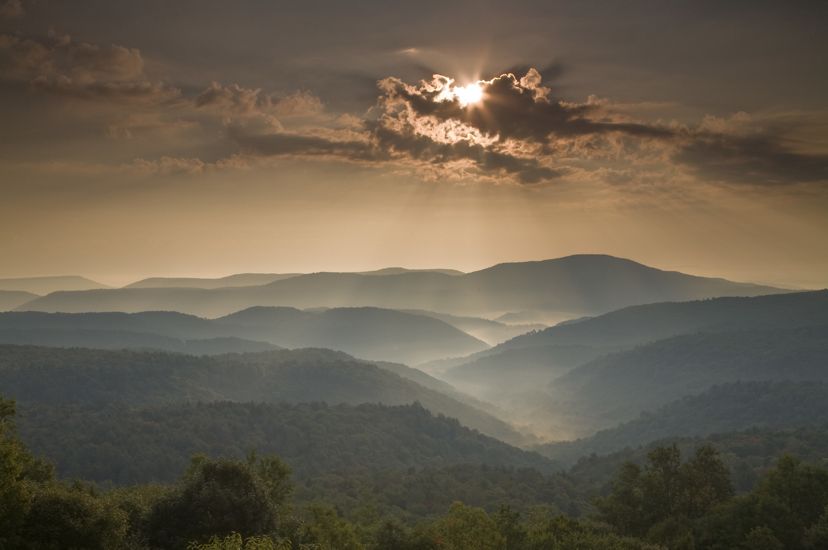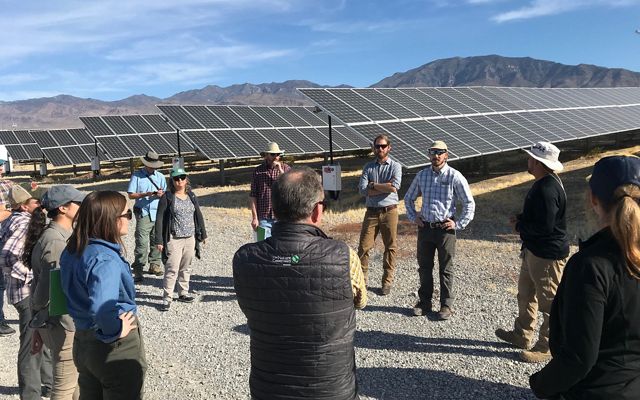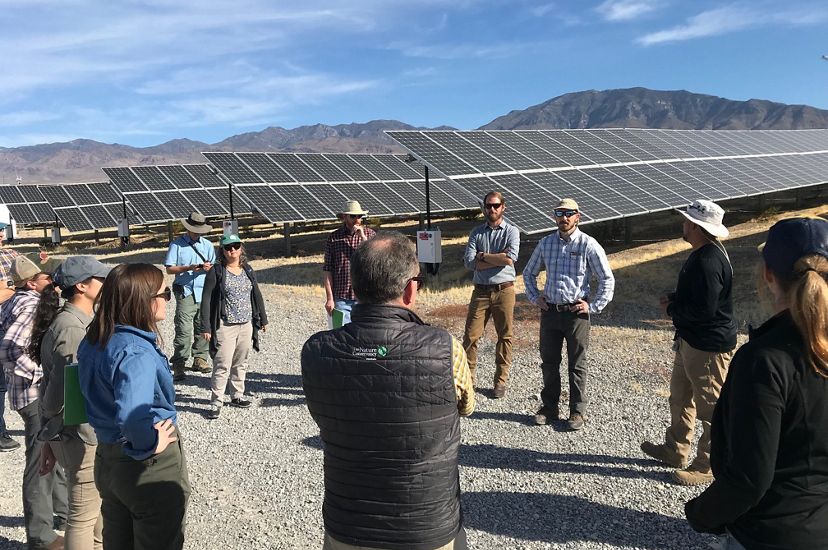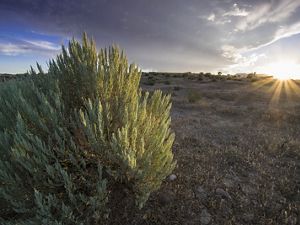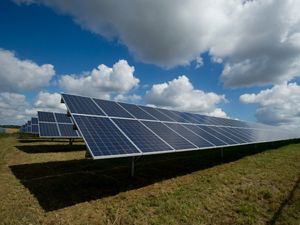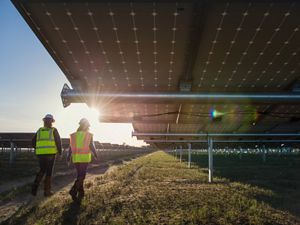Mining the Sun: How Nevada and West Virginia are Reclaiming Former Mine Lands with Solar Panels
With their long legacies of mining, Nevada and West Virginia are poised to flip the switch.
Two states with very different identities have recently, and fortuitously, found themselves on the cutting edge of clean energy opportunity.
The eastern one is covered with old rolling mountains, lush with hardwood forests. The western is defined by the deserts between its mountains, home to scraggly trees older than the Pyramids. Yet these states have one thing in common—something that has unexpectedly primed them for potential solar energy development: mining.
Solar on Mine Lands in West Virginia
With its mountainous terrain and extensive legacy of mining coal, there are few places that may seem less hospitable for renewable energy than West Virginia. In truth, though, a remarkable flip of the switch may be coming to the state.
West Virginia’s long coal mining history has created what many consider the ideal preconditions for solar development—several hundred square miles of previously cleared mine lands waiting for redevelopment. Many of these sites have existing road infrastructure, existing power lines, and are relatively close to major markets hungry for energy.
West Virginia leaders, businesses, and communities are beginning to move on this opportunity. During the recent session of the West Virginia Legislature, lawmakers were considering four solar-friendly bills looking to capture some of the 240,000 jobs and the billions of dollars of annual investment in the United States’ growing solar energy sector. One bill, which will crack the door to solar development in the state and includes a provision to site solar on former surface mines, passed and is already headed to the governor for signature.
Quote: Analysis by Downstream Strategies
There are more than 100,000 acres of former mine lands and other brownfields in West Virginia that could be suitable for solar development.
According to an analysis by Downstream Strategies, there are over 100,000 acres of former mine lands and other brownfields in West Virginia that could be suitable for solar development. The Nature Conservancy is currently working with a growing cadre of state leaders—policy makers, landowners, mining companies, and large industrial electricity users—to help advance this major opportunity for economic revitalization. In addition, TNC is conducting further analysis to determine which of these lands could be most feasible for solar in West Virginia and across the larger Central Appalachian region.
If successful, formerly mined lands will once again provide domestic energy and economic benefits to our local and national communities. And by steering solar development to former mine lands and brownfields, we steer development away from forests and sustain the values they offer to West Virginia: clean water, wildlife, and carbon storage that supports the forestry, outdoor recreation, and tourism sectors. Siting solar on these sites is a win for nature, a win for our economy, and a win for the climate.
Mines to Solar in Nevada
On the other side of the spectrum and country is Nevada, a state long associated with the sun and solar energy. But what many people don’t know about Nevada is that it’s also the number one hardrock mining state in the nation, with large gold, silver, and copper mine lands peppering the state.
Like sites in in West Virginia, these Nevada mine sites also have existing road and power line infrastructure, making them attractive for solar development.
In fact, according to an analysis by the Rocky Mountain Institute, there are more than 1 million acres of potential minefields and brownfield sites in Nevada. If developed with solar power, TNC estimates their solar energy generation potential in Nevada to be 20,219 megawatts—enough to power 3.8 million homes.
Quote: Estimates by TNC scientists
If Nevada's former minefields and brownfields are developed with solar power, their solar energy generation potential could be 20,219 megawatts—enough to power 3.8 million homes.
As in West Virginia, Nevada state leaders have taken notice of this potential pathway for local jobs and revenue. Just last year Nevada’s state environmental commission made changes to its mining regulations to codify renewable energy as a productive post-use of mine sites.
While on the front edge, West Virginia and Nevada are not the only places in the country with the potential to achieve the “win-win-win” of siting renewable energy on mine lands—the Environmental Protection Agency estimates more than 43 million acres of brownfields and former mine lands could be suitable for mining the sun.
The nation and world face stark challenges in avoiding the worst impacts of climate change. But the ability to “mine the sun” shows there is hope and opportunity from unexpected places to help achieve positive results for communities, nature, and the economy.
Learn more about the authors
Jaina Moan is Director of External Affairs for The Nature Conservancy in Nevada.
Beth Wheatley is Director of External Affairs & Strategic Initiatives for The Nature Conservancy in West Virginia.

